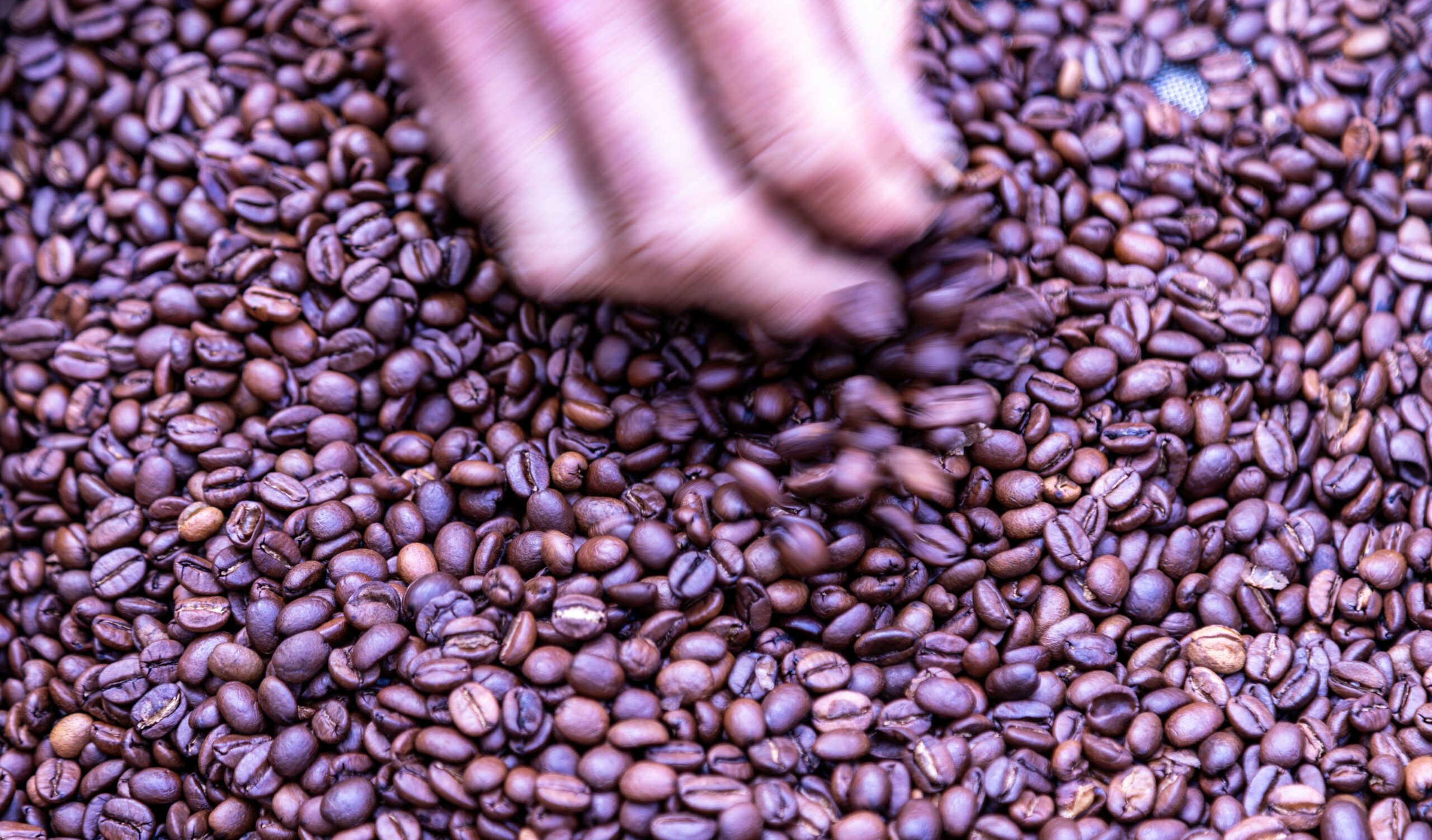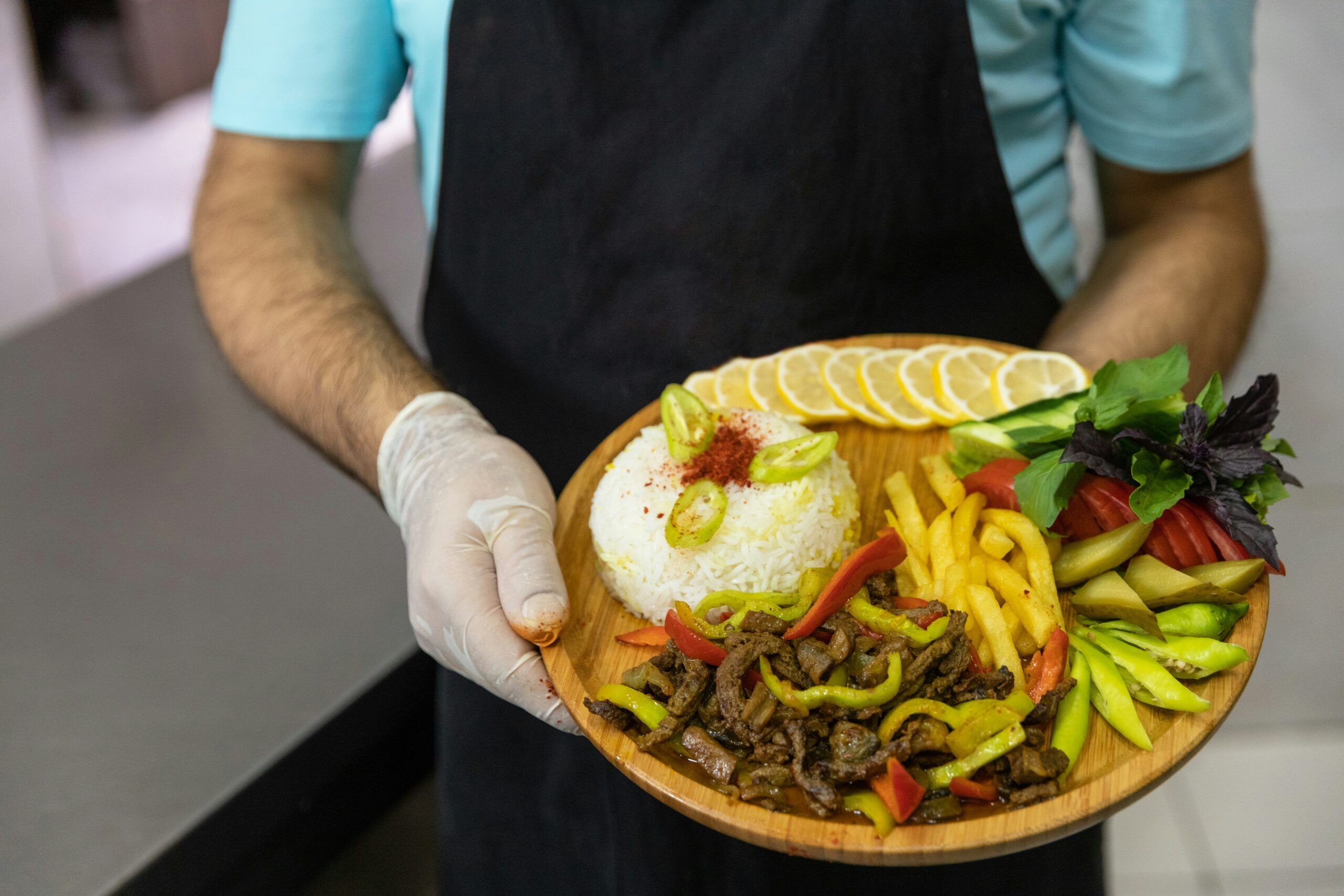Savoring Tradition: The Timeless Recipes That Define Our Culinary Heritage
Food is more than just sustenance; it is a conduit through which we connect with our past, our families, and our cultures. Every meal tells a story, often tracing back generations, and in some cases, centuries. As I sit here reminiscing about my grandmother’s kitchen—where the sweet scent of freshly baked bread mingled with the savory aroma of simmering stews—I can’t help but feel a sense of nostalgia for the recipes that have shaped our culinary landscapes.
In every corner of the globe, traditional recipes serve as vessels of heritage, embodying the flavors, techniques, and ingredients that have been passed down through time. They are the heartbeats of our cultures, often reflecting the history, geography, and even the struggles of our ancestors. Today, we dive into a selection of these timeless recipes, exploring their origins, significance, and the unique ways they continue to nourish our bodies and souls.
The Comfort of Classic Recipes
When we think of comfort food, certain dishes immediately spring to mind. Macaroni and cheese, chicken pot pie, and beef stew—these are the meals that evoke memories of family gatherings, holidays, and chilly evenings spent around the dinner table. But what makes these recipes enduring? It’s more than just their taste; it’s the stories they carry.
Take chicken noodle soup, for example. This humble dish has roots that can be traced back to ancient civilizations, where broth was seen as a healing remedy. Fast forward to the 20th century, and it became a staple in American households, often touted as the go-to comfort food during illness. (I mean, who hasn’t been offered a steaming bowl when feeling under the weather?) The warmth of the broth, the tender chicken, and the soft noodles combine to create not just a meal, but a feeling of safety and love.
Regional Varieties: A Tapestry of Flavors
While comfort foods are universal, regional variations add a rich tapestry of flavors to our culinary heritage. Each locality boasts its own favorites, often shaped by the available ingredients and the cultural influences that have permeated the area over the years. Let’s take a look at a few iconic dishes that exemplify this phenomenon:
- Italian Risotto: Originating in Northern Italy, this creamy rice dish often features broth, wine, and a variety of vegetables or meats. The technique of slow-cooking rice to achieve that perfect creamy texture is a skill that many Italian grandmothers have perfected over generations.
- Indian Biryani: A fragrant rice dish layered with marinated meat and spices, biryani varies significantly from region to region in India. Each version tells a story of local spices, traditions, and family gatherings.
- Mexican Mole: This rich sauce, often served over chicken or enchiladas, is a complex blend of ingredients that can include chocolate, nuts, and a variety of spices. The preparation of mole can be a labor of love, often made as part of special celebrations.
Each of these dishes carries with it a history that extends beyond just its ingredients. They embody the cultural melting pot that is our world, reminding us that food is a language we all speak, albeit with different dialects.
Reviving Forgotten Recipes
In today’s fast-paced world, it’s all too easy to let traditional recipes fall by the wayside. Convenience foods and quick meals dominate our busy lives. Yet, there’s a growing movement to revive these cherished dishes. Many food enthusiasts are taking to social media to share their family recipes, often accompanied by stories that breathe life into these culinary relics.
This revival isn’t just about nostalgia; it’s also about sustainability and connection. By preparing traditional meals, individuals can cultivate a deeper relationship with their food, understanding where it comes from and the effort that goes into making it. I remember a friend once said, “Cooking is like a time machine; it takes you back to the moments that made you.” And isn’t that the truth?
The Role of Ingredients in Tradition
Another fascinating aspect of timeless recipes lies in their ingredients. Many traditional dishes are defined by specific local ingredients that reflect the land and climate. For instance, the use of corn in Mexican cuisine or the prominence of seafood in coastal regions illustrates how geography influences culinary practices.
Moreover, seasonal ingredients add another layer to the authenticity of these recipes. Think of the joy of a sun-ripened tomato in summer, or the comfort of a root vegetable stew in winter. These ingredients not only enhance the flavor but also connect us to the rhythms of nature.
Embracing local and seasonal foods has become increasingly important in recent years. Chefs and home cooks alike are recognizing the value of sourcing ingredients from their communities. This practice not only supports local farmers but also preserves culinary traditions that might otherwise fade away.
Family Traditions: The Heart of Culinary Heritage
At the end of the day, food is often interwoven with family traditions. How many of us have cherished recipes that have been handed down from grandparents? These dishes often come with a story, whether it’s a beloved aunt who always added a pinch of love or a grandfather who insisted on using only specific spices.
Consider the Thanksgiving turkey. For many families, the preparation of this bird is a ritual steeped in tradition. From the way it’s brined to the specific stuffing recipe that must be adhered to, each step carries significance. It’s a time when families gather, share laughter, and create memories that linger long after the last bite has been taken.
In a world increasingly dominated by fast food and convenience, these family recipes serve as anchors, grounding us in our heritage. They remind us of who we are, where we come from, and the connections that bind us together.
Bridging Generations: Teaching the Next Generation
As we savor these traditional recipes, it’s essential to consider how we can pass these culinary legacies on to future generations. Teaching children how to cook not only equips them with essential life skills but also instills an appreciation for the artistry and history behind food.
Many parents have found that involving their kids in cooking can be a delightful experience. Whether it’s measuring flour for a cake or rolling out dough for pasta, these moments create bonds and foster a sense of accomplishment. (I can still hear my mom’s voice, “A little flour on your face just means you’re having fun!”)
Moreover, as children participate in cooking traditional recipes, they learn about their heritage. They begin to understand the importance of these dishes and the stories they carry. It’s a beautiful cycle of knowledge transfer, ensuring that the flavors of our past continue to resonate in the future.
The Global Influence of Traditional Recipes
As borders blur and cultures intermingle, traditional recipes have also taken on a global character. The rise of globalization has led to a fascinating culinary exchange, where recipes travel far beyond their origins. This cross-pollination of flavors creates exciting new dishes while also encouraging a resurgence of interest in traditional foods.
For instance, the popularity of sushi in the Western world has sparked an interest in Japanese culinary techniques, leading to a broader appreciation for the meticulous craft behind this age-old dish. Similarly, the fusion of Indian spices with classic Western dishes has given birth to an entirely new genre of cuisine. We are living in a time where tradition is not stagnant but rather evolving, adapting to contemporary palates while still paying homage to its roots.
Preserving Culinary Heritage in Modern Times
In the age of digital media, the preservation of culinary heritage has taken on new dimensions. Social media platforms, cooking blogs, and online video tutorials have democratized the sharing of traditional recipes. From TikTok to Instagram, food enthusiasts are showcasing their family recipes, ensuring that they reach audiences far and wide.
Moreover, organizations dedicated to preserving culinary heritage have emerged, advocating for the recognition of traditional food practices. Initiatives like UNESCO’s Intangible Cultural Heritage program seek to safeguard these culinary traditions, recognizing their importance in shaping cultural identity.
Conclusion: A Culinary Journey of Connection
As we journey through the world of traditional recipes, we discover more than just ingredients and techniques; we uncover connections to our past, our families, and our communities. These timeless dishes invite us to savor not only the flavors but also the stories, the histories, and the love that goes into every bite.
In a world that often feels chaotic and disconnected, returning to the kitchen to prepare a beloved recipe can provide a sense of grounding. It allows us to pause, reflect, and remember where we came from. So whether you’re dusting off that family recipe book or experimenting with a new twist on an old favorite, savor every moment. After all, in the grand tapestry of life, every meal is a thread that weaves us closer together.




